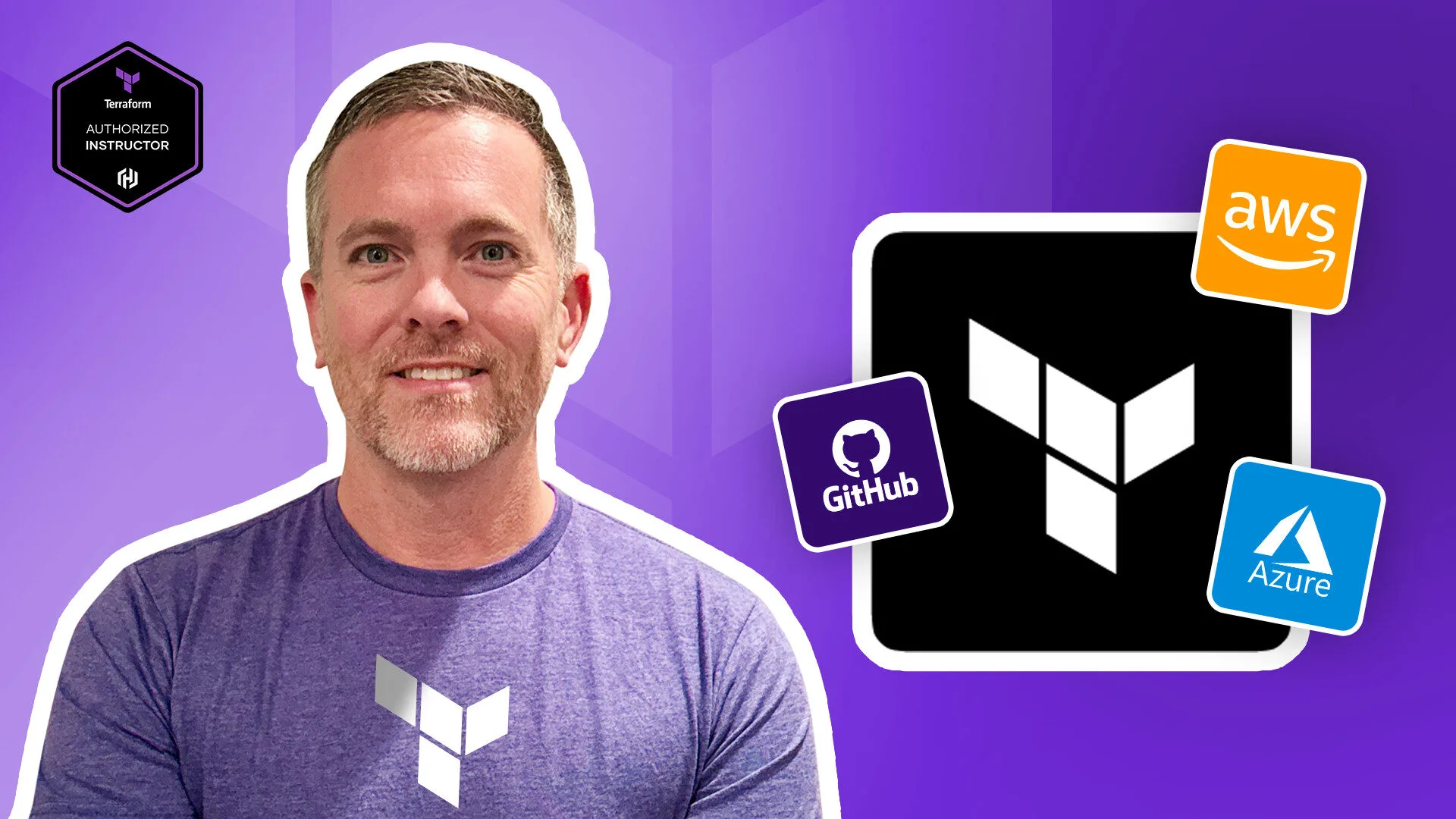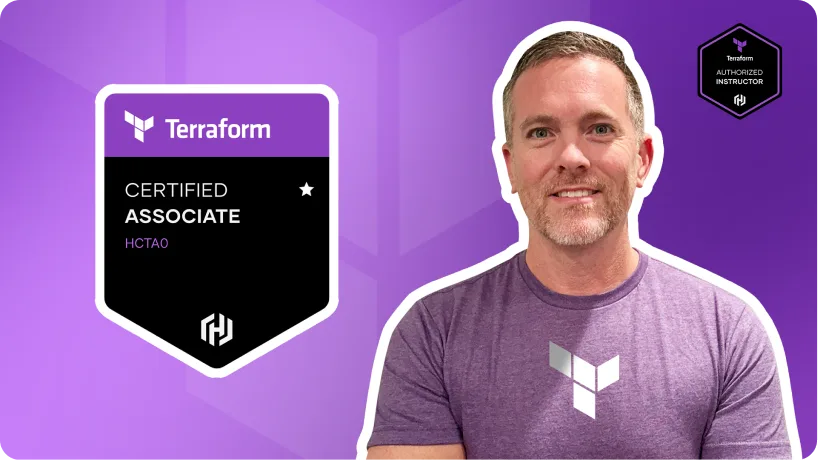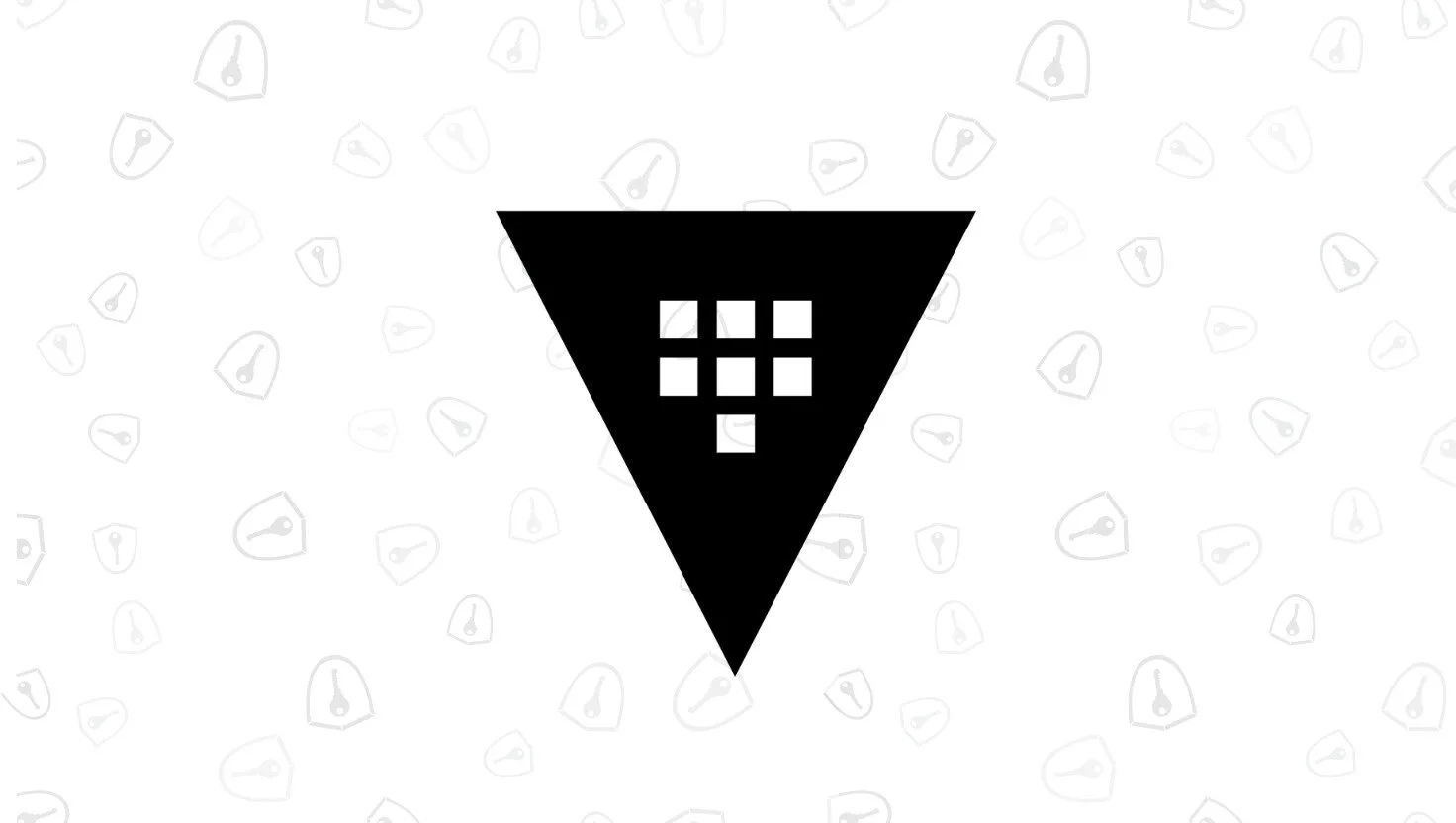Vault Onboarding: Simplify Developer Adoption with IdP Automation
Most Vault implementations and strategies focus on platform features, including clusters, replication, authentication methods, and secrets engines. Necessary? Absolutely. But the biggest adoption killer I see isn’t platform design. It’s user onboarding.
If getting a new app onto Vault takes tickets, tribal knowledge, and three Slack or Teams threads, developers will route around you or avoid you altogether. Make onboarding fast, simple, and obvious, and Vault becomes the natural place to put secrets, not just a compliance checkbox everyone avoids.
The Real Problem Isn’t Vault. It’s the Journey to Vault.
Engineers generally want to do the right thing. They don’t want to wait a week for a path for their secrets, guess at policy names, or track which auth method their service should use. When onboarding is unclear or difficult, teams often fall back to using ENV files, copying and pasting configurations, or just using the native solution (k8s secrets, AWS Secrets Manager, etc.) that “works for now” with little to no oversight.
Your job as a Vault engineer/architect isn’t just to secure secrets. It’s to make the secure path the easiest path. Otherwise, you’ll lose momentum, and your centralized secrets platform strategy will slowly become unattainable. You also risk Vault becoming shelfware.
Make an IdP the Front Door
Whether you run Backstage, ServiceNow, or a small, internally developed app, you need to provide developers with a single, predictable place to request and manage onboarding applications to Vault.
A good onboarding form asks or determines:
- What’s the application? Owner? Contact?
- Which environments (dev, test, prod)?
- Where will the workload run (Kubernetes, VM, serverless)?
- What secrets are needed (KV, database creds, cloud creds)?
- Which auth path should the workload use (OIDC/JWT, Kubernetes, AppRole)?
Behind the scenes, the IdP should:
- Create or validate the secrets engine and paths (e.g.,
kv/<env>/<team>/<app>/...). - Generate policies from templates (read-only, writer, rotation, operator).
- Provision auth roles (Kubernetes service account → Vault role, OIDC claim mapping, AppRole) and attach policies.
- Attach metadata/labels (appId, owner, business unit, data classification) for governance and search.
- Return a short onboarding summary to the user, including paths, policies, auth role names, and a “test your setup” snippet.
Behind the scenes, the IdP calls internally developed and approved Terraform modules to create the configurations. This results in a consistent, secure, and standardized workflow and configuration for each onboarded application team.
The developer experiences a simple form – your platform team experiences consistent, auditable outcomes.
Use the Same Front Door for Migrations and Day-2 Ops
Onboarding is day one. Real life starts on day two. You can extend your IdP with guided actions that typically require tickets from your users, including:
- Secret copier/migrator: Move or mirror secrets between paths or namespaces (e.g.,
kv/appA → kv/appB, or v1 → v2) with preview/diff. Helpful for migrations between clusters as well. - Secrets Sync request:Let teams request or enable syncing of specific keys to external stores or platforms (with guardrails and approvals).
- Rotation workflows: Trigger rotations on a schedule or on demand; surface next rotation date and last success.
- Auth refactors: Safely move a service from AppRole to OIDC/Kubernetes without breaking production.
- De-provisioning: Offboard apps cleanly – revoke roles, archive paths, and leave an auditable trail.
If developers can self-serve these tasks, adoption grows and ticket queues shrink. And your Vault team can focus on the bigger picture rather than manually updating policies or fixing auth issues.
Terraform and API Calls: Your Standardization Engine
Automation isn’t optional. It’s how you scale safely.
Patterns that work well:
- Terraform modules for onboarding that accept inputs like
team,app,environments,auth_method, and emit:- KV mounts/paths
- Policy documents (templated with variables)
- Auth roles and bindings
- Naming conventions baked into modules:
- Policies:
app.<team>.<app>.<env>.reader|writer - Roles:
k8s.<cluster>.<ns>.<app>oroidc.<aud>.<app> - Paths:
kv/<env>/<team>/<app>/<scope>
- Policies:
- Guardrails in code: enforce minimal TTLs, restricted capabilities, and mandatory metadata tags.
- Idempotent runs: apply the same inputs anywhere (dev/test/prod) and get predictably secure results.
Whether you drive the Vault Provider with Terraform or call the Vault API directly, the goal is the same: no snowflakes.
What “Good” Looks Like (Outcomes, Not Just Features)
- Time-to-first-secret: minutes, not days.
- Zero guesswork: the IdP returns exact paths, roles, and a test command.
- Uniform policy shape: every app starts with the same base policies, then extends as needed.
- Observable onboarding: events and audit entries are linked to requests and owners.
- No dead ends: migrations and rotations are a click away, not a new project.
A Simple Reference Flow
- Developer opens the IdP and selects “Onboard Application to Vault.”
- They provide app details, environments, runtime, and auth preference.
- IdP runs a Terraform pipeline (or API calls):
- Creates/validates
kv/dev|test|prod/<team>/<app>/... - Applies policy templates and binds them to roles
- Provisions the selected authentication role (Kubernetes, OIDC, or AppRole) and creates/retrieves any necessary related items, such as EntraID groups or Kubernetes service account tokens.
- Creates/validates
- IdP returns a ready-to-use summary with:
- Paths and policy names
- Role names and example config (e.g., Kubernetes annotation, OIDC claim mapping)
- A “Verify Access” snippet the team can run in their pipeline or dev shell
- Observability hooks record the request → change → audit trail.
Opinionated Defaults (You Can Steal These)
- Default auth: Cloud-based or Kubernetes for workloads; human users via OIDC groups.
- Default path schema:
kv/with environment-scoped policies.<app>/<env>/* - Default policy templates:
reader,writer,operator– composed per environment. - Required metadata:
owner,appId,dataClass,contact– enforced at onboarding.
Defaults reduce meetings. Templates reduce mistakes. Standardization eliminates snowflakes.
Common Pitfalls (and How to Avoid Them)
- Too many choices on day one. Offer a single recommended auth method and one path template. Add advanced options later.
- Ticket-driven migrations. Put secret copying, path moves, and auth refactors behind the IdP with preview/diff.
- Inconsistent naming. Lock naming into modules and forms; reject non-conforming inputs early.
- No offboarding story. Treat app retirement as a first-class workflow with revoke/archive steps.
- Ignoring multi-cloud reality. Plan for hundreds of accounts and many clusters; standardize how Vault writes and how workloads read.
Measure What Matters (Observability)
- Time from request → usable secret
- Number of apps/services onboarded per month
- % workloads using standardized auth methods
- Rotation success rate and MTTR for failures
- Reduction in “secrets outside Vault” findings
If these numbers trend the right way, adoption follows.
A Start Playbook (Success Starts with Quick Wins)
- Pick two teams and define a minimal path/policy template.
- Build a thin IdP form (Backstage plugin page or ServiceNow catalog item).
- Wire it to automation (Terraform module or API workflow).
- Return a one-page summary after each run (paths, roles, test steps).
- Add day-2 actions next: copier, rotation, Secrets Sync requests.
- Publish three tiny docs: “How to onboard,” “How to verify,” “How to rotate.”
Small, consistent wins beat a giant “platform launch” every time.
Fast, Standardized Vault Onboarding with IdP Integration
Vault isn’t hard because it’s Vault. It’s hard because most teams make the secure thing the slow thing. Adding a friendly IdP in front of purpose-driven automation, and you’ll flip that script: fast, standardized onboarding that developers actually want to use – and a security program that scales with your organization.
Explore my latest courses



